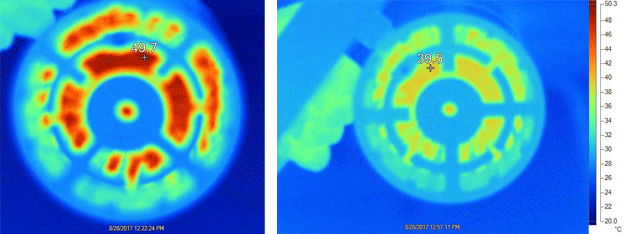Lighting Retrofitting project with Energy Performance Contract
An ambitious project to improve energy efficiency in lighting in a parabita store (45 Ermou str.) was implemented by the following 2 companies:
- HELESCO SA, a company providing energy services. HELESCO SA contacted the customer, performed the energy audit, undertook the drafting and signing of the EPC as well as the financing, implemented the interventions, monitored the operation, provided an estimate of the energy benefit, and carried out maintenance works on the replaced equipment.
- STILVI, a company with experience in visual lighting. STILVI redesigned the lighting and supervised the respective interventions.
This was an ambitious project as its success stems from the visual comfort interventions made, rather than the replacement of technological equipment (which is the method commonly used). Visual comfort interventions are highly energy efficient and this makes them a better option from an economic point of view.

The special importance of the project lies with the fact that three years ago, the store had undergone a technological upgrade of its lighting using LED lights. In popular belief, the use of LED lights provides the optimal choice of energy saving, and to this effect people are willing to compromise the quality of lighting. This project effected both an unexpected energy saving in LED lights and an aesthetic upgrade of its lighting.
Before and After pictures of the retrofitting results are displayed below:

The interventions made to achieve this ambitious goal were the following:
- A rationalized rearrangement of spots which resulted in a reduction of the total number of spots and dimming by 25% of the remaining spots.
- Indirect lighting to enhance perceived lighting sufficiency combined with stringent glare control.
The achieved energy saving is about 54%, which equals 4,758 kWh/year and the achieved CO2 reduction equals 4.2 t CO2/year.